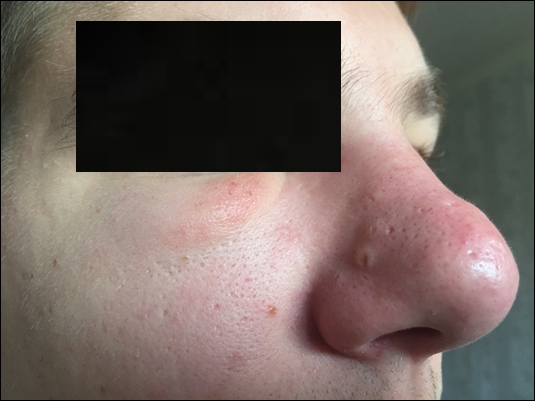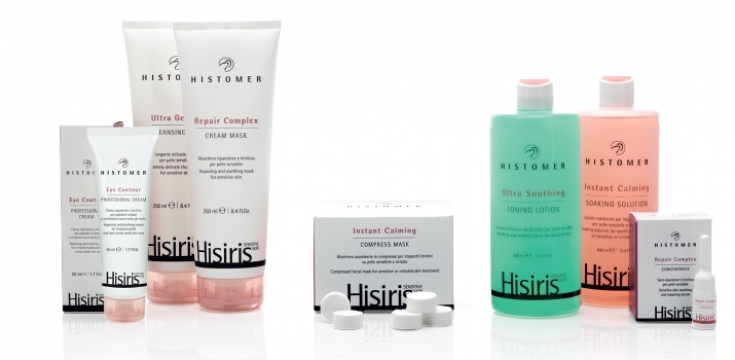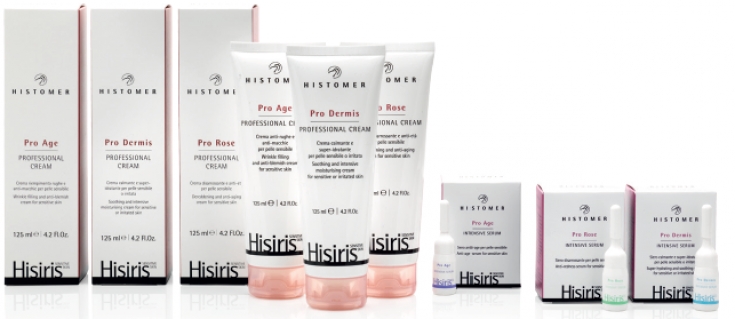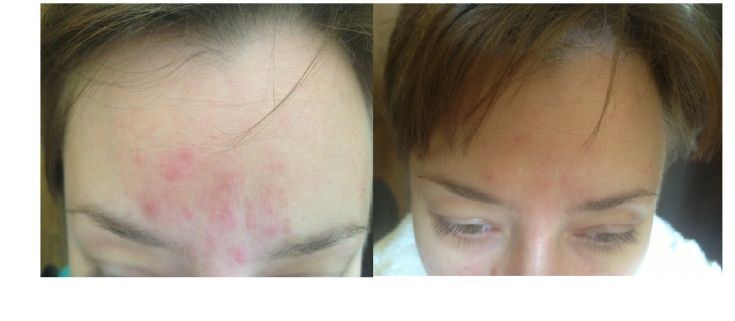Rosacea is a common dermatological disease, which is one of the most common reasons for visiting a beautician. The main factors predisposing to the development of rosacea are disorders in the digestive and endocrine systems. Doctor of Medical Sciences, dermatovenereologist of the highest category, member of the Ukrainian Association of Dermatovenerologists, Cosmetologists, American Academy of Dermatology Reznichenko Natalya Yuryevna and professor , Doctor of Medical Sciences, obstetrician-gynecologist of the highest category, member of the Association of Obstetricians-Gynecologists of Ukraine Reznichenko Galina Ivanovna.
Basic skincare approaches for rosacea
Couperose was first described in the 14th century. In 1812, the English dermatologist Thomas Bateman designated this dermatosis with the term "rosacea". Thus, these two terms are synonymous. Traditionally, in cosmetic practice, the disease is called rosacea. However, in medical terminology, the name "rosacea" or "rosacea" is used. Of no small importance in the treatment of this disease is skin care, which should be aimed at eliminating inflammatory changes. The optimal means for effective skin care in the presence of rosacea are the preparations of the HISIRIS line, presented by Intercosmetic Group. They have an analgesic and antipruritic effect, stimulate skin regeneration and reduce inflammation.<
Acne rosacea:• major exogenous causes of rosacea;
• endogenous causes of rosacea;
• characteristic clinical picture of acne rosacea;
• characterization of atypical forms of rosacea;
• effective skin care products for rosacea.
Exogenous causes of rosacea include the influence of climatic conditions, as well as dietary habits. Under the influence of food on the mucous membrane of the gastrointestinal tract, a reflex expansion of the vessels of the face occurs. Therefore, with rosacea, it is not recommended to eat food whose temperature exceeds 600C, as well as staying in a hot climate and visiting baths and saunas. Regardless of age and gender, exacerbation of rosacea occurs against the background of nervous stress. Therefore, it is mandatory in the treatment of the disease to prescribe sedatives that eliminate the feeling of anxiety, anxiety and & nbsp; emotional stress.
Endogenous causes of rosacea
Endogenous factors that provoke the appearance of rosacea include demodicosis, as well as disruption of the digestive, endocrine and nervous systems of the body. Often, rosacea can occur against the background of gastritis, peptic ulcer, infection with Helicobacter pylori, congestion in the gallbladder and biliary tract.
If the provoking factor of rosacea is not eliminated, despite the correct cosmetic correction, the disease will progress.
In menopausal and post-menopausal women, rosacea is often associated with hormonal changes. In such cases, it becomes necessary to consult a gynecologist to decide on the appointment of hormone replacement therapy.
Clinical presentation characteristic of rosacea
The classic course of rosacea is characterized by the presence of 3 stages:• The erythematous stage is characterized by the appearance of unstable reddening of the skin. Over time, the area of distribution of erythema increases. Against the background of redness, telangiectasias gradually appear. At this stage, it is enough to eliminate the cause of the disease, as well as provide the skin with effective beauty care;
• The papulo-pustular stage is characterized by the appearance of painful or itchy nodules and pustules. At this stage, the appointment of antibacterial drugs is recommended;
• The infiltrative-productive stage of rosacea rarely occurs. Men usually get sick
Very often with rosacea, eye damage is noted, which is manifested by itching, burning, dryness of the mucous membrane, lacrimation and photophobia. There may also be a decrease in visual acuity. In the presence of the above signs of eye damage, consultation with an ophthalmologist is recommended.
 Patient M., 52 years old. Diagnosis: rosacea, rhinophyma (tumor-like growths in the nose).
Patient M., 52 years old. Diagnosis: rosacea, rhinophyma (tumor-like growths in the nose).
Characterization of atypical forms of rosacea
Atypical forms of rosacea are rare. These include steroid, gram-negative, granulomatous, conglobate, fulminant rosacea, and rosacea with persistent edema.
Severe rosacea requires medical treatment, but this does not preclude simultaneous cosmetic care.
Steroid rosacea occurs in patients who have used topical corticosteroids for a long time. They are characterized by persistent pronounced reddening of the skin, a large number of telangiectasias, and a rapid onset after the withdrawal of corticosteroid creams and ointments. Such acne is difficult to treat, requiring the gradual withdrawal of topical corticosteroids and the transition to non-hormonal anti-inflammatory drugs.

Rosacea with solid persistent edema (Morbigan's disease) is characterized by chronic swelling of the upper half of the face. In addition to the usual erythema for rosacea, nodules and pustules in the forehead and eyelids, persistent edema occurs, which, if left untreated, turns into fibrosis.

Gram-negative and granulomatous rosacea are also severe, difficult to correct and, in most cases, are due to a decrease in immunity.
Effective skin care products for rosacea
Histomer's HISIRIS line of cosmetics is ideal for professional and home skin care for typical and severe forms of rosacea.

• acetyltetrapeptide-15, which has a pronounced desensitizing, analgesic and antipruritic effect;• Anogeissus Leiocarpus extract - an African plant, which is characterized by powerful anti-inflammatory properties, stimulates collagen synthesis, eliminates signs of skin aging;
• plant stem cells of Syringa Vulgaris (common lilac), Gardenia Jasminoides (Cape jasmine), Centella Asiatica (Asian centella), Buddleja Davidii (summer lilac), which have a strong regenerating and stimulating effect on the skin.

• Indian frankincense resin - an active anti-inflammatory component;• glucosaminoglycan - the main component that protects capillaries, preventing their expansion and redness of the skin;
• ellagic acid - a powerful antioxidant;
• carnosine - inhibitor of metalloproteinases;
• acetylglucosamine - hyaluronidase inhibitor.



Thanks to the active ingredients, the HISIRIS line presented by
by the company "Intercosmetic Group", becomes indispensable in the elimination of rosacea, both in cases of mild disease (used alone) and in severe forms (used in combination with drug treatment).







Add a comment